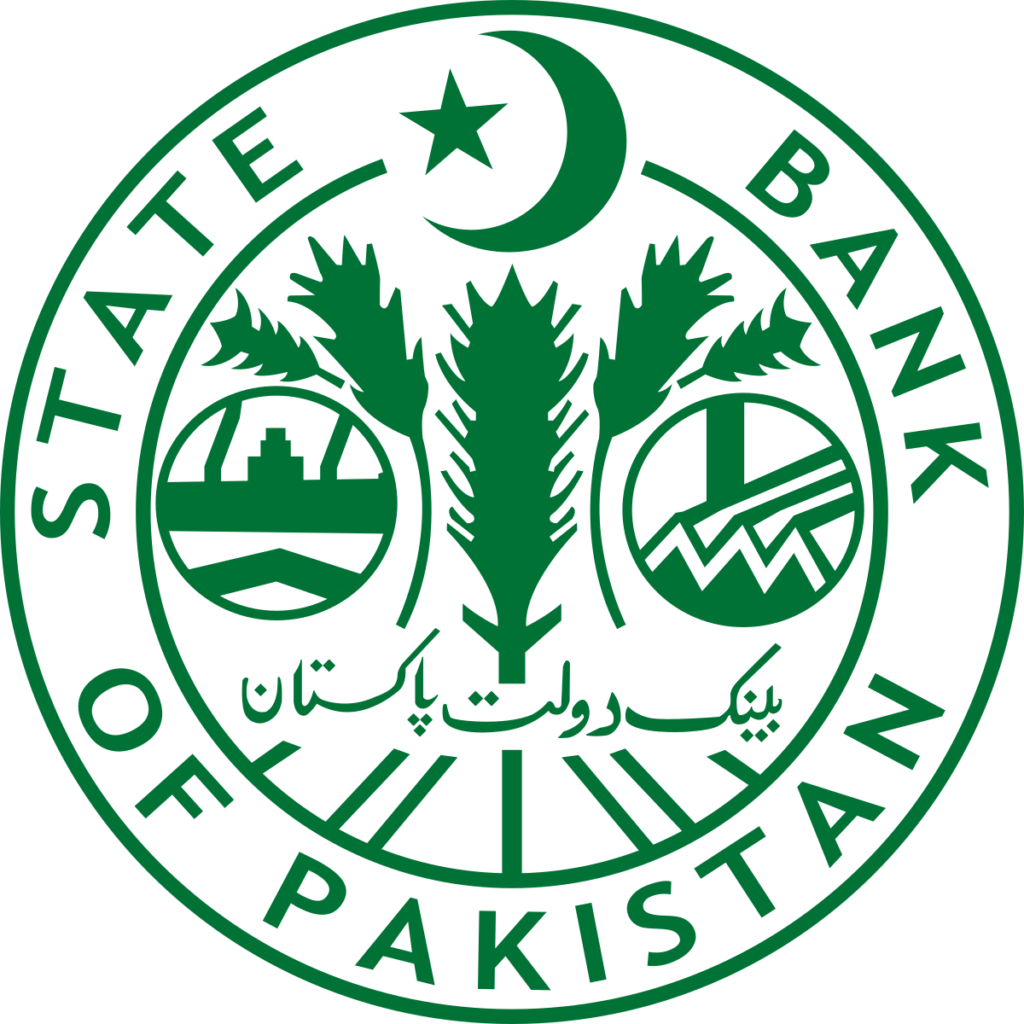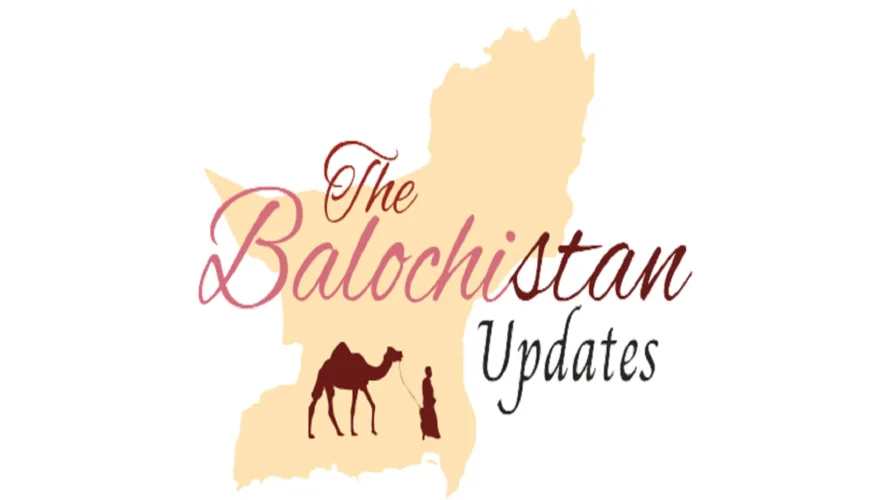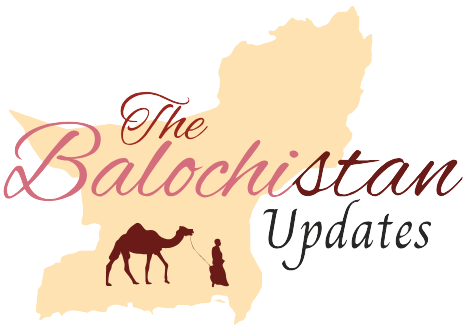
The central bank’s primary justification for this decision is the recent decline in inflation, which has dropped from a peak of 38 percent in May to 27.4 percent in the last month. Despite the global surge in oil prices, the SBP argues that “real interest rates continue to remain in positive territory on a forward-looking basis.” Furthermore, it expresses optimism about the ease in supply constraints due to improved agriculture output and the positive signs in high-frequency indicators like petroleum products, cement, and fertilizers sales. The SBP also notes recent administrative actions against speculative activities in forex and commodity markets as a reason for its confidence. In a move that defies market expectations, the State Bank of Pakistan (SBP) has decided to maintain its key policy rate at 22 percent, raising eyebrows and concerns among economists and investors alike. This decision has prompted a need for a closer examination of the SBP’s rationale and the potential consequences for the country’s fragile economy.
One of the major concerns addressed by the SBP is the recent resurgence of the current account deficit, which exceeded $800 million in July, following four months of surplus. The SBP attributes this to import growth and suggests that it is in line with earlier projections. However, the key question is why the SBP chose to keep the rate unchanged, especially after raising it in June to secure IMF funds. In most scenarios, central banks would have increased interest rates given consistently high inflation, currency depreciation, and dwindling forex reserves due to debt payments and capital outflows. Yet, the SBP’s reluctance to follow this conventional path is understandable.
Past rate hikes have not led to increased savings, curbed consumer spending, or tamed inflation. Inflation continues to outpace rate hikes, the national savings rate is declining, and the government relies on accumulating debt to sustain its expenditure. This highlights the limited effectiveness of monetary policy in the current economic landscape and prevailing political uncertainties. In recent years, rising prices in Pakistan have been primarily driven by administered adjustments in domestic fuel and power prices, with government spending playing a significant role. Expecting a tighter monetary policy to control inflation is futile without substantial changes in the government’s fiscal behavior.
The SBP’s Monetary Policy Committee (MPC) appears to base its decision on optimism rather than hard economic data. It emphasizes the decrease in CPI inflation from July to August 2023 but disregards rising inflation expectations among consumers and businesses. The MPC also downplays the recent resurgence of the current account deficit and maintains its confidence in positive real interest rates only on a forward-looking basis. The MPC places responsibility on the government for justifying the status quo, emphasizing the need for a targeted primary surplus of 0.4 percent of GDP to support monetary policy in achieving price stability. The government is urged to exercise fiscal discipline, broaden the tax base, provide targeted subsidies, and address the losses of public-sector enterprises through privatization or reforms.
While the MPC factors in planned external inflows, including potential IMF funds, it acknowledges the uncertain prospects of a successful quarterly review of the Stand-By Arrangement. The SBP’s decision to maintain the interest rate appears to rely on optimism rather than concrete economic indicators. Despite some positive developments, such as an improved agriculture outlook and revenue collection growth, the central bank’s stance remains precarious. It appears to expect a significant appreciation of the rupee, though this is far from guaranteed in the current economic climate. The SBP’s confidence in administrative measures to control currency speculation and smuggling is also uncertain. With many variables hanging in the balance, the MPC wisely leaves room for future action to ensure price stability if required.
courtesy google for picture

